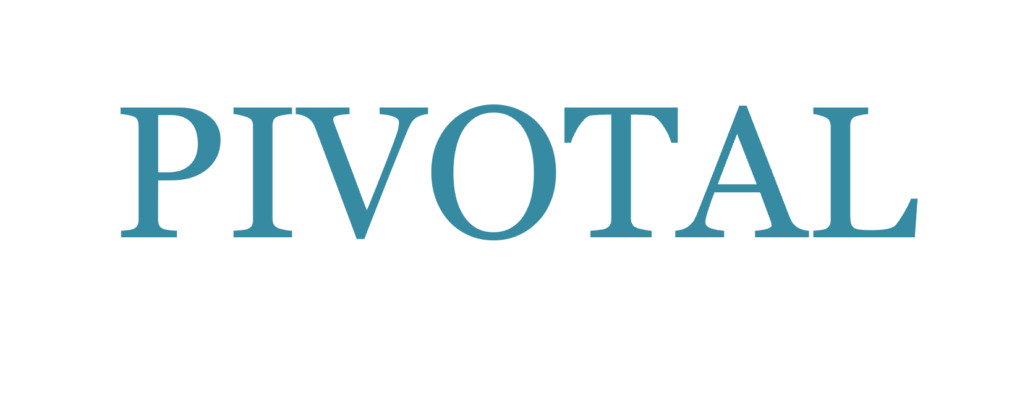Business speakers are speakers whose target audience is business professionals. Their primary role is to motivate and inform people in business. The demand for business speakers is high. Corporations are always looking for ways to train and motivate their employees. Even with the high demand for business speakers, this is a role not just any speaker can fill. A business speaker must have experience and solid expertise in the field. However, experience and expertise are not enough. There are certain qualities that a speaker must possess in order to succeed in the field.
What are the qualities of a good Business Speaker?
1. Credibility: To earn credibility, business speakers must establish a reputation for excellence and integrity. Their track record in their own business affairs must be beyond reproach. As a speaker, you can't motivate others if your background in business is sketchy or questionable.
2. Optimism and Confidence: There will always be problems in the business world. The solutions are not always obvious. That is where a good business speaker comes in. The speaker's job is to show their audience that for every problem, there is a corresponding solution. It is particularly helpful if the speaker has direct experience with finding solutions to difficult situations. To convince an audience that there are always solutions an optimistic outlook and demeanor must be evident in the speaker. Confidence plays an important role in this as well. A confident and optimistic speaker will be far more likely to motivate others to believe that difficult situations can be overcome.
3. Sincerity: Keep it real and be yourself in your talks. Your audience will be able to relate to you on a much deeper level if they see you as someone who has "walked a mile in their shoes" in the real world of business. Let them know you feel their pain, and have solutions to offer.
4. Passion: In order to capture the attention of your audience you must demonstrate that you are passionate about your topic. Your passion will translate into a talk that is entertaining, engaging and inspiring. If you don't believe in your message, you won't convince anyone else, especially a group of savvy business professionals.
5. Knowledgeable: A business speaker has to have a high level of knowledge in their particular niche, and they must bring something new to the table. The speaker must be prepared to answer questions; a surface level understanding of the topic will not suffice.
6. Leadership: A huge part of being successful in business is having strong leadership skills. This is true for the business speaker as well. A big part of that skill set is excellent communication. The speaker has to be able to communicate their message effectively to a wide variety of personality types in order to lead them to new knowledge and solutions.
To become a top business speaker, look closely at your own strengths and weaknesses. Focus on developing and strengthening these qualities. If you can cultivate these qualities, and accompany them with a good sense of humor, you will have the makings of a great business speaker.
.......................................................................................
For over 25 years Dr. Arnold has been CEO of Windhorse Corp., where he assists the nation's top speakers, coaches, authors, entertainers, business owners and sales executives. His mission is single focused: to help his clients learn the insider secrets how the Top 1% of Speakers earn massive amounts of money with their speaking career in the most direct and easiest way possible.
To get more tips you can use immediately to improve monetizing your speaking, presentation, and coaching skills, sign up for Dr. Gary Arnold's monthly e-newsletter by visiting http://www.6figureSpeakers.com and entering your email address. http://www.windhorse.org







